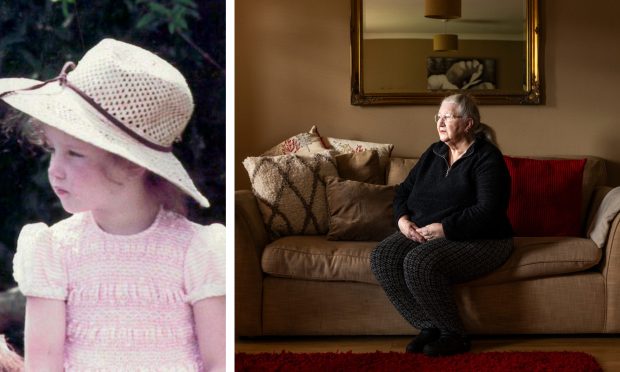
A carefree and doting child, Emma Caldwell loved horse riding and dreamt of working as an instructor.
Her life changed when her beloved big sister, Karen, died and she became addicted to drugs.
But Emma was determined to turn her life around and return to her “mummy”, Margaret.
Tragically, before she could do so, evil Iain Packer entered her life – and ultimately snuffed it out.
Today we talk to Emma’s mum and lift the lid on the botched investigation that led to a near 20-year wait for justice.
‘Betrayal’
The mother of murdered Emma Caldwell today demands a criminal investigation, led by an outside police force, to explain the “betrayal” of her daughter.
Margaret Caldwell said the 19 years it took to prosecute Iain Packer for killing Emma in 2005 has stained Scotland’s justice system.
Packer, 51, was sentenced to at least 36 years in prison for Caldwell’s murder and was found guilty of 32 other charges against a total of 22 women that amounted to a horrifying course of unchecked physical and sexual violence over two decades. The offences included 11 rapes and multiple sexual assaults.
First Minister Humza Yousaf told MSPs on Thursday that a judge-led inquiry is under consideration following questions over the long wait for justice, but Mrs Caldwell says decisions need to be taken quickly and moved forward with urgency.
‘How long must I wait?’
She said: “We are told there might be a public inquiry. Good, but in Scotland that can take 10 years.
“Those in charge just put things off, drag them out and whole years pass with nothing at all happening. They have delayed and delayed but cannot be allowed to delay any longer. I have spent almost 20 years being told to be patient, that justice will come, that I just have to wait, that things are more complicated than they seem.
“Well, it turns out that my family should not have had to wait and things were not that complicated at all. Despite all that, they are still telling me to wait. I was 57 when Emma died and I’m 76 now. How long must I wait to be told exactly who failed Emma and why? I have no patience for more talk and empty promises. Only actions count now.”
She accuses senior police officers and prosecutors of ignoring compelling evidence against Packer to avoid professional embarrassment after originally prosecuting the wrong men.
Mrs Caldwell is calling for a public inquiry into the scandal following Packer’s conviction on Wednesday but, she said, while that is set up, a criminal investigation led by an outside police force and steered by independent prosecutors should be launched as a matter of urgency.
She said: “There was clearly evidence to convict this man years and years ago but it was concealed. If a crime was concealed then that is also a crime and those responsible must now explain themselves.”
After Packer was exposed in the press in 2015, Police Scotland was ordered to reopen the murder case and also launched an investigation into the original inquiry. The findings of that investigation were never made public but after Packer was found guilty of murder, the Crown Office immediately said there was no evidence officers had committed a crime when they failed to pursue him.
However, Mrs Caldwell said: “How can we possibly be expected to take anything at face value after all that? So the Crown Office has decided no crime has been committed? After what has happened, forgive me if I’m not immediately convinced.
“The only thing the Crown Office should have been announcing after the trial was an immediate and independent criminal investigation. It is not just my family that needs reassurance about our justice system. Everyone in Scotland needs it.”
She questioned why Packer was not prosecuted soon after Emma’s death or when the case against four Turkish suspects collapsed and why, even when the murder investigation was reopened, it took almost nine years to put him in the dock.
Iain Packer – the forgotten suspect
Police were ordered to reopen the investigation into Emma’s death in 2015 after a newspaper revealed Packer was a forgotten suspect on the 10th anniversary of her death.
A violent man, he was interviewed six times during the original inquiry before, finally, admitting knowing Emma and directing detectives to the woodland where her body was found. Packer was not pursued as a suspect, however, as the police focused on the wrong men and even after being exposed, it would take another nine years to put him in the dock.
She said: “So many years have been filled with uncertainty and stress that I could have been spared if they had done the right thing. They must have been worried about being in front of a judge trying to explain what had happened? Why had they gone after the wrong men? Why had they refused to go after the right man?
“Instead of trying to answer those questions, they just tried to hide it. How can an inquiry take so long when they are only looking at one man and the evidence is already there? I don’t believe there was any intention of going to court and that seems just as bad as anything that had gone before.”
The arrival of Dorothy Bain as Lord Advocate in 2021 signalled a sea change, however, and as The Sunday Post campaigned for action, one of her first meetings was with Mrs Caldwell and her lawyer Aamer Anwar. One of her first promises was to finish the investigation and start the prosecution.
After Packer’s conviction, Mrs Caldwell said: “We now have the answer to one question but there are many more. All of the people who knew about this man and kept him a secret instead of trying to put him in the dock need to account for that. All these years, they knew who had killed Emma and they did nothing.”
Detectives were suspicious of Packer within weeks of Emma being found dead but detectives focused on four Turkish suspects instead.
However, after a two-year surveillance investigation, the case against them collapsed after supposedly incriminating taped conversations were revealed as completely innocent.
Mrs Caldwell said: “After it all collapsed, officers would come to see us and read from a prepared statement. They would talk about the effort that had gone into the investigation and how they would keep working on it but how difficult it might be to find new evidence. They never said the Turkish men had got away with it on a technicality but that’s what we were meant to think.
“It was all rubbish, a lot of lies. Maybe the officers sent to talk to us didn’t know about Packer but their bosses did. Instead of going back for him, they put all the files in a cabinet somewhere and hoped everyone would forget about it.”
Justice for Emma Caldwell
After Emma’s death, Mrs Caldwell and her husband Willie visited the woods where her daughter was found to lay flowers. Willie, a publican, would die in 2011 on the couple’s 45th wedding anniversary.
“Willie died of cancer but had never got over Emma’s death. He died with a broken heart and he was so worried we had let her down, that we hadn’t got her justice.
“And all that time, the evidence against that man was sitting there and there must have been plenty of police and prosecutors who knew it. It took journalists to expose it because the police would not have said a word, then, now and forever. They should be asked to explain why this man was allowed to walk away from their investigation and why, when their chosen suspects were cleared, they did not go back and get justice for Emma?
“That is all we ever wanted. Justice for Emma.”
‘My little girl was going to come home’
“She wanted to come home and we always assumed that would happen whenever she was ready. It wasn’t if, but when.”
For Emma Caldwell’s mother it is the thought of a life that might have been that haunts her. She tells how her daughter was determined to get free of drugs and come home in the weeks before her death. Margaret Caldwell, 76, said her daughter had spoken of how she hoped to restart her life after becoming mired in addiction.
Emma had become enmeshed in heroin after the death of her big sister Karen in 1998 after a cancer battle. Cancer would also take her father Willie six years after her murder. Mrs Caldwell, who lives in Erskine, said: “Whatever it said on his death certificate, Willie died of stress and grief and a broken heart. He was tormented that we had not got justice for Emma. It preyed on his mind.”
She told how the couple would drive from their home in Erskine twice a week to see Emma, who was 27 when she died, while she was living in Glasgow, bringing her food or taking her out for the day.
They had no idea that addiction had forced their daughter to work on the red light streets of Glasgow, the daughter whose childhood passion for horses endured into adulthood when she dreamed of becoming a riding instructor.
“We were so naïve, about drugs, about all of it. We didn’t have a clue,” she said. “Emma was my little girl. She still called me mummy or sometimes mother if she had fallen out with me.
“She always said she was coming home. She would sort herself out, she said, and come back home. But she never did. She never got the chance.
“That breaks my heart. It still breaks my heart. Every day it breaks my heart.”

Enjoy the convenience of having The Sunday Post delivered as a digital ePaper straight to your smartphone, tablet or computer.
Subscribe for only £5.49 a month and enjoy all the benefits of the printed paper as a digital replica.
Subscribe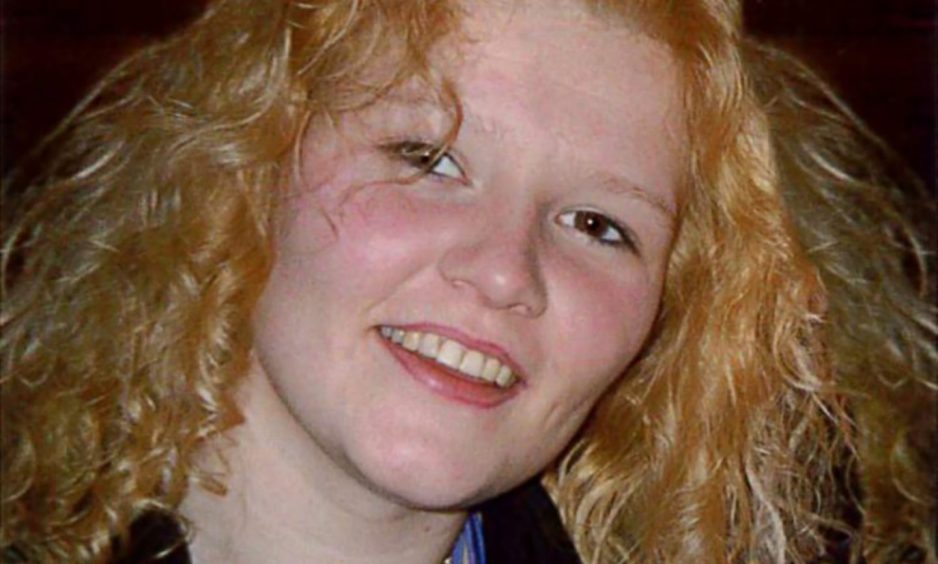
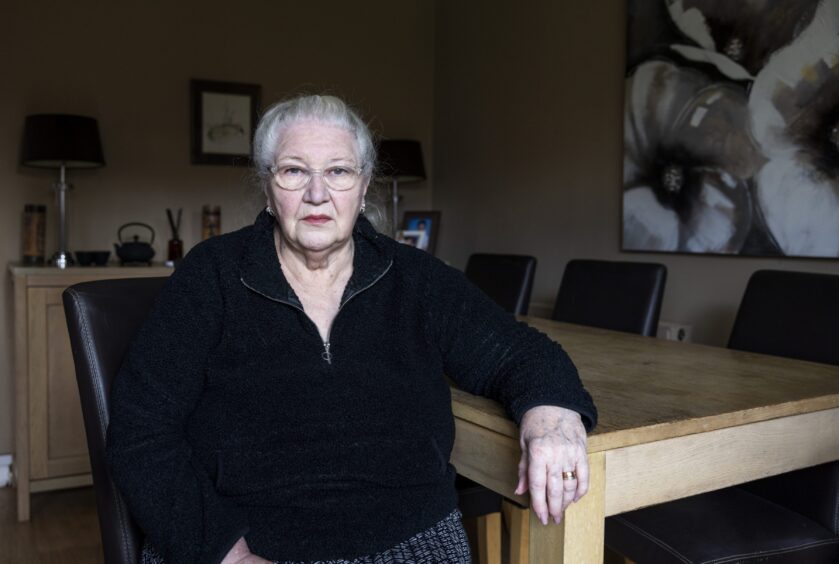 © Jamie Williamson
© Jamie Williamson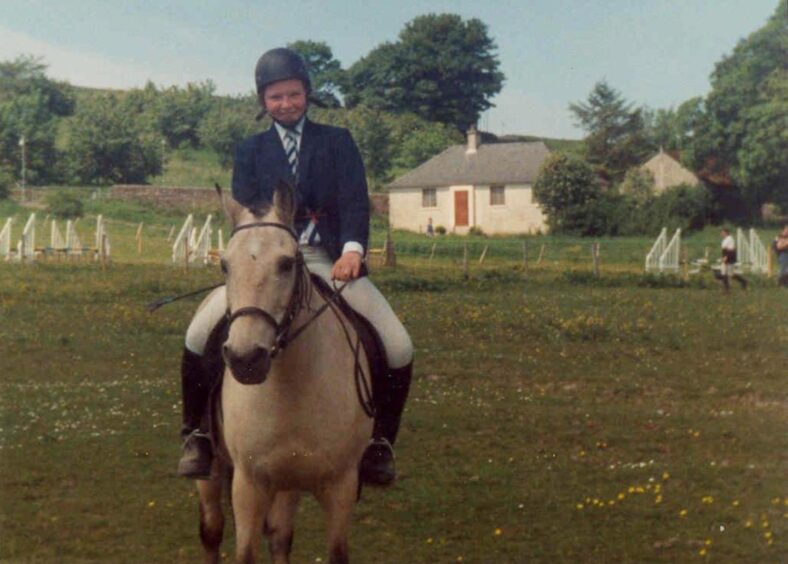 © PA
© PA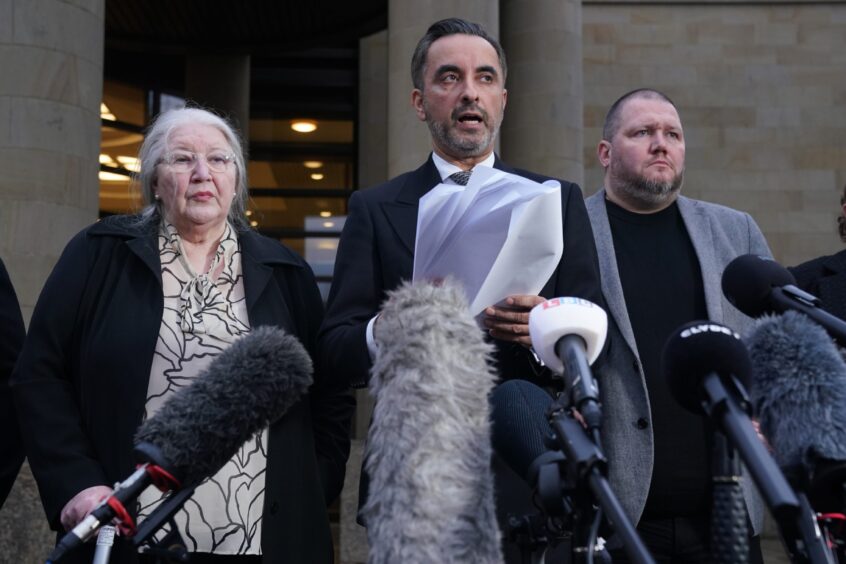 © Andrew Milligan/PA Wire
© Andrew Milligan/PA Wire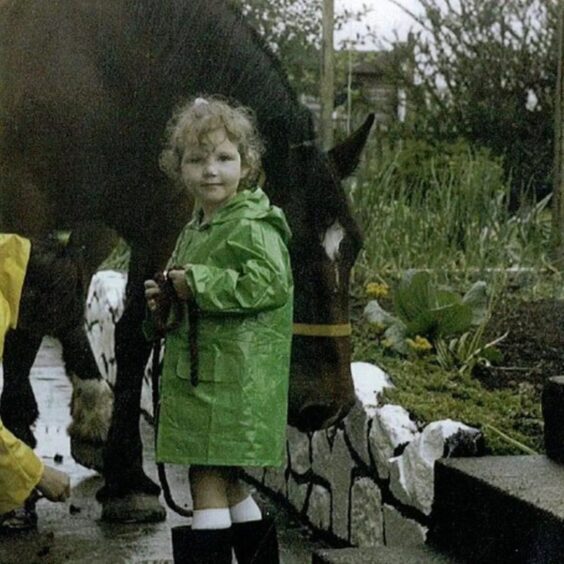 © Supplied
© Supplied